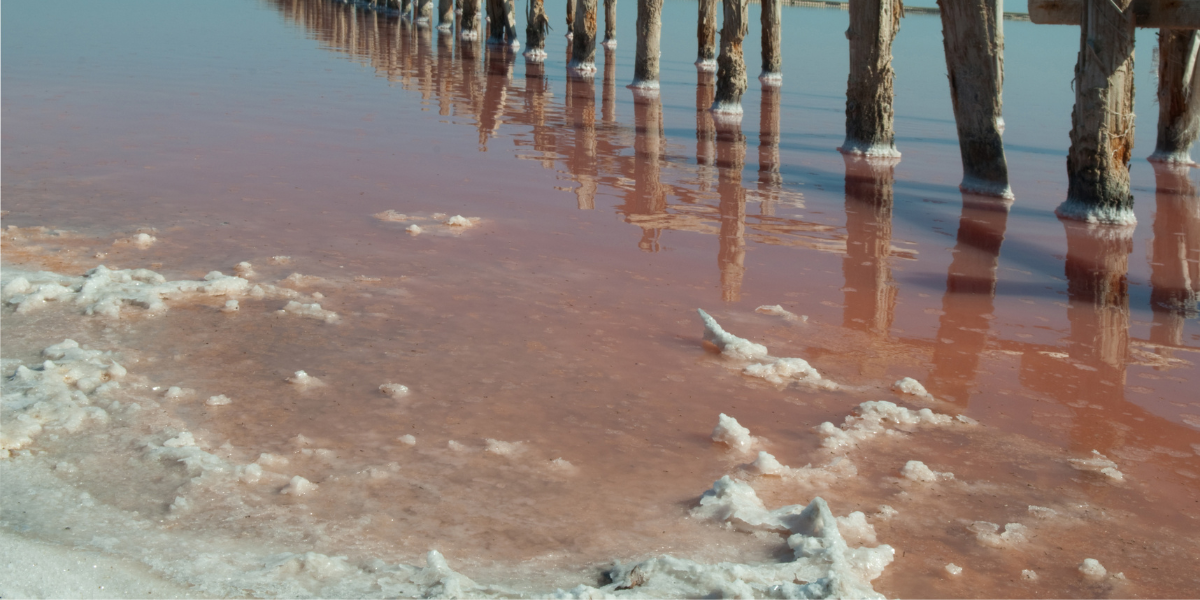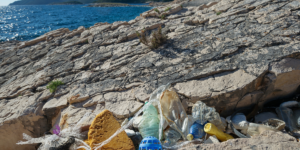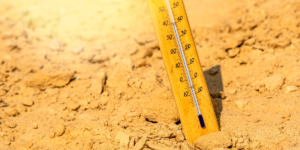The Ripple Effect: Understanding the Consequences of Salinity Alterations on Marine Life
Imagine yourself diving into the depths of the ocean, surrounded by a vibrant community of marine life. From crustaceans to corals, each organism plays a crucial role in maintaining the delicate balance of this underwater ecosystem. However, as fascinating as it may seem, this world is not immune to changes that can have devastating effects on its inhabitants.
One such change is salinity, the concentration of salt in seawater. Salinity levels can fluctuate due to natural causes like rainfall and evaporation or human activities such as coastal development and climate change. But what impact do these changes have on marine life?
As we delve deeper into this topic, we’ll explore how even small shifts in salinity can trigger a chain reaction with far-reaching consequences for our oceans’ health and biodiversity.
Key Takeaways
- Changes in salinity levels can have severe consequences on marine life, including physiological stress, dehydration, and even death for many marine animals.
- Some marine animals have evolved unique strategies to cope with changes in salinity levels, while others rely on specific salinity levels for migration patterns or spawning locations.
- Understanding the effects of changes in salinity on marine life is crucial for creating effective conservation strategies, and management techniques such as reducing pollution and controlling runoff can help mitigate the impacts of salinity changes on marine life.
- Estuary ecosystems are particularly vulnerable to changes in salinity levels, and when there is too much or too little salt in an estuary ecosystem, it can disrupt the delicate balance of life within it.
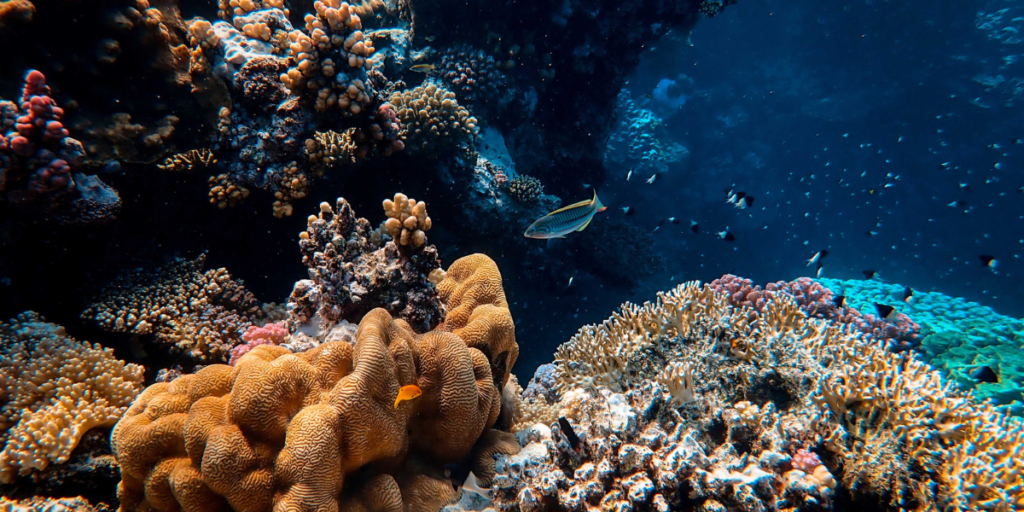
The Importance of Salinity for Marine Organisms
You’ll see that marine organisms rely heavily on the right amount of salt in their environment to thrive. Salinity adaptation and osmoregulation mechanisms are essential for these creatures to maintain a stable internal environment and perform crucial life functions like breathing, metabolizing food, and excreting waste.
Changes in salinity levels can have severe consequences on marine life, from altering the behavior of individual organisms to disrupting entire ecosystems. Some marine animals have evolved unique strategies to cope with changes in salinity levels. For example, some fish species can adjust their body fluids’ salt concentration by actively pumping ions across their gills or kidneys.
Other organisms may resort to behavioral adaptations like moving away from areas with unfavorable salinity conditions or finding shelter in specific locations where they can regulate their water and salt balance more effectively. However, prolonged exposure to extreme salinity fluctuations can lead to physiological stress, dehydration, and even death for many marine animals.
How Salinity Levels Can Change
As the ocean ebbs and flows, its salt content waxes and wanes like a rhythmic tide. Changes in salinity levels can occur due to various factors such as precipitation, evaporation, river inflow, ice melting, and human activities.
Desalination technologies have also become increasingly popular in recent years as a means of providing fresh water for human consumption, but this process can lead to the discharge of highly saline brine back into the ocean, which can affect marine life.
Estuary ecosystems are particularly vulnerable to changes in salinity levels as they are where freshwater from rivers meets saltwater from the ocean. These transitional zones are home to unique species that have adapted to living in environments with fluctuating salinity levels.
When there is too much or too little salt in an estuary ecosystem, it can disrupt the delicate balance of life within it. For example, if there is an influx of freshwater due to heavy rainfalls or melting snow, it can lower the salinity level causing stress on marine organisms that require higher salt concentrations.
On the other hand, if there is too much salt due to seawater intrusion or desalination discharge, it can lead to dehydration and death of estuarine species that cannot tolerate high salinities.
Effects of Changes in Salinity on Marine Life
Fluctuations in salt levels can have a significant impact on the delicate balance of ecosystems and the survival of its inhabitants. Marine life has adapted to live within specific ranges of salinity, and when these levels change, it can disrupt their physiological responses and even lead to death.
Here are some effects that changes in salinity can have on marine life:
- Reduced Growth: Changes in salinity affect marine organisms’ ability to regulate water uptake and osmotic pressure. This can lead to reduced growth rates, smaller body sizes, and limited reproductive success.
- Disrupted Migration Patterns: Some species rely on specific salinity levels for migration patterns or spawning locations. Changes in these conditions could alter where they go or how they get there, which could reduce populations or make them more vulnerable to predation.
- Altered Nutrient Cycles: Salinity plays a role in nutrient cycling by affecting bacterial activity and decomposition rates. Changes in this cycle could cause harmful algal blooms or other imbalances that further harm marine life.
- Increased Stress: When exposed to sudden changes in salinity, marine organisms may undergo stress responses such as increased heart rate, decreased feeding behavior, or altered metabolism. These reactions can weaken organisms over time and make them more susceptible to disease or predation.
- Adaptation Mechanisms: Some species have developed adaptation mechanisms that allow them to survive under fluctuating salt levels. For example, some fish species produce antifreeze proteins that help prevent ice formation at low temperatures while others use specialized cells called chloride cells to regulate salt uptake.
It is clear that changes in salinity have far-reaching consequences for marine ecosystems and their inhabitants. While some organisms may adapt over time to changing conditions through evolution or behavioral adjustments, many will not survive without proper physiological response mechanisms already established within their biology.
Understanding these effects on marine life is crucial for creating effective conservation strategies that promote long-term sustainability of our oceans’ fragile ecosystems.
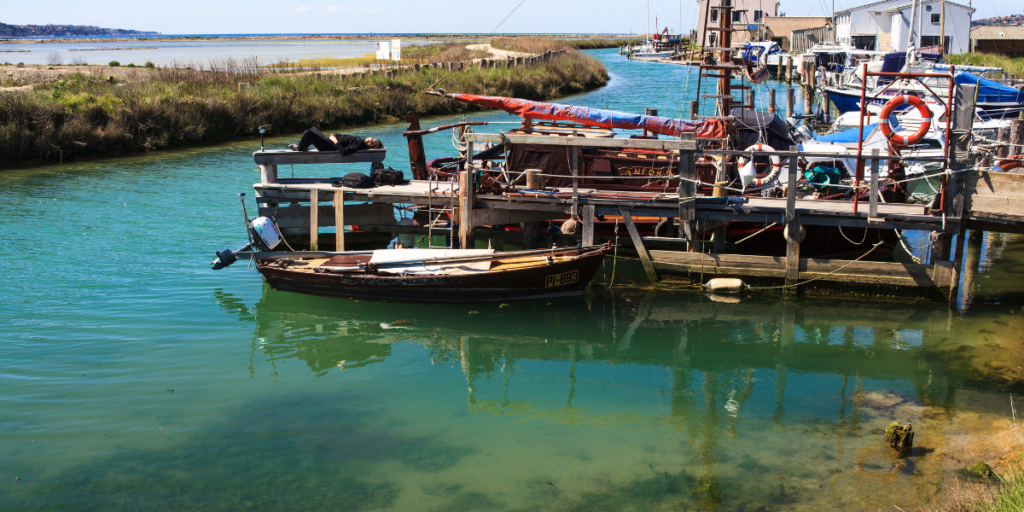
Case Studies of Salinity Changes and Their Effects
One case study highlights the devastating effects of increased saltwater intrusion on freshwater ecosystems, where elevated salinity levels can lead to the loss of plant and animal species. In the Everglades National Park, Florida, saltwater intrusion from rising sea levels and drought conditions has caused a decline in freshwater flow, leading to an increase in salinity levels. This has resulted in a significant reduction in plant diversity, with many species unable to tolerate the higher salt concentrations. As plants provide food and habitat for animals, this has led to a decrease in animal populations as well.
Another case study is that of the Aral Sea in central Asia. Due to overuse of water resources for irrigation purposes, the Aral Sea began shrinking in the 1960s. As it shrank, its salinity level increased dramatically due to evaporation and concentration of dissolved salts. This caused fish populations to decline rapidly and eventually disappear altogether, leading to devastating impacts on local fisheries and communities that relied on them for their livelihoods.
These case studies demonstrate how changes in salinity can have severe ecological impacts on marine life and emphasize the importance of monitoring and managing salinity levels in our aquatic environments.
Conservation and Management Strategies for Protecting Marine Life from Salinity Changes
You can take action to protect the diverse species that call our oceans home by implementing conservation and management strategies that address the impacts of varying salt levels in marine environments.
One approach is to establish designated marine protected areas (MPAs) where fishing, dredging, and other harmful activities are prohibited. MPAs provide a safe haven for marine life, allowing populations to recover and thrive in their natural habitats.
In addition to establishing MPAs, management techniques such as reducing pollution and controlling runoff can help mitigate the impacts of salinity changes on marine life.
Policies that regulate water usage and promote sustainable practices also play a critical role in protecting ocean ecosystems.
By taking steps to preserve our oceans, we not only safeguard the biodiversity of these fragile environments but also ensure a healthy future for ourselves and generations to come.
Frequently Asked Questions
How do changes in salinity affect marine organisms at different stages of their life cycle?
During different stages of their life cycle, marine organisms adapt to changes in salinity through various physiological responses. Adaptation strategies include altering ion regulation, osmolyte accumulation, and behavior modification. Such adaptations allow for survival and thriving in diverse environments.
What are the long-term effects of chronic exposure to varying salinity levels on marine life?
You can’t always change the tide, but marine life must adapt to survive. Long-term exposure to varying salinity levels disrupts ecosystems and forces organisms to develop adaptation strategies. Data-driven research reveals the impact on our interconnected world.
Are there any species that are more resilient to changes in salinity levels than others?
Some species have evolved to tolerate a range of salinity levels due to their genetic diversity. However, those that are less adaptable may suffer from stress or even death when exposed to sudden salinity changes.
How do natural events such as storms and floods affect salinity levels in marine ecosystems?
When storms and floods occur, they can drastically alter salinity levels in marine ecosystems. This can negatively impact fisheries and disrupt the adaptations of marine organisms. It is crucial to monitor these events to better understand their effects on our oceans.
What measures can individual citizens take to help protect marine life from salinity changes?
To protect marine life from salinity changes, you can take individual actions like reducing water usage and properly disposing of waste. Conservation efforts such as protecting wetlands and reducing pollution also help mitigate the effects of natural events.
Conclusion
Congratulations! You now know how changes in salinity affect marine life. With this knowledge, you can help protect these delicate ecosystems and the creatures that depend on them.
On one hand, it’s fascinating to observe how certain marine organisms have adapted to thrive in a wide range of salinity levels. However, it’s also heart-wrenching to see the devastating effects that rapid changes in salinity can have on entire communities of species.
By implementing conservation and management strategies, we can work towards preserving the delicate balance of our oceans and safeguarding the diverse array of life they support.
Remember: every action we take has an impact on our planet’s fragile ecosystem, so let’s make sure we’re doing everything we can to protect it for future generations.

